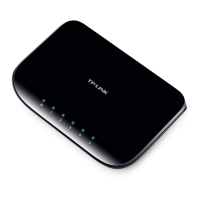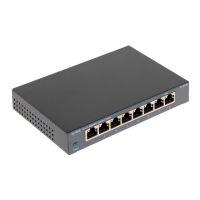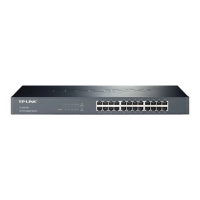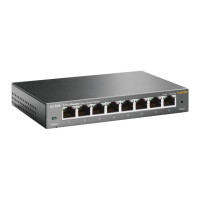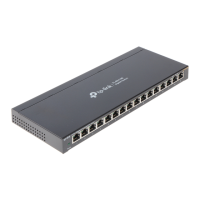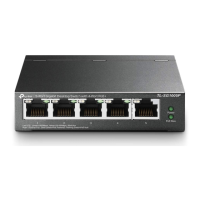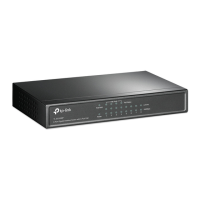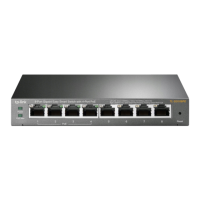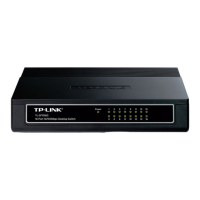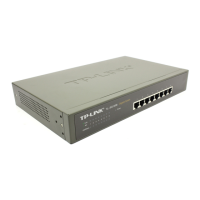Configuring QoS QoS
User Guide 61
1
QoS
1.1 Overview
With network scale expanding and applications developing, internet traffic is dramatically
increased, thus resulting in network congestion, packet drops and long transmission delay.
Typically, networks treat all traffic equally on FIFO (First In First Out) delivery basis, but
nowadays many special applications like VoD, video conferences, VoIP, etc. require more
bandwidth or shorter transmission delay to guarantee the performance.
With QoS (Quality of Service) technology, you can classify and prioritize network traffic to
provide differentiated services for certain types of traffic.
1.2 Supported Features
With the QoS feature, You can configure QoS Basic, Bandwidth Control and Storm Control
on the switch to maximize the network performance and bandwidth utilization.
QoS Basic
The switch classifies the ingress packets, maps the packets to different priority queues
and then forwards the packets to implement QoS function.
Bandwidth Control
Bandwidth Control functions to control the ingress traffic rate and egress traffic rate on
each port via configuring the available bandwidth of each port. In this way, the network
bandwidth can be reasonably distributed and utilized.
Storm Control
Storm Control function allows the switch to monitor broadcast packets, multicast packets
and UL-frames (Unknown unicast frames) in the network. If the transmission rate of the
packets exceeds the limit, the packets will be automatically discarded to avoid network
broadcast storm.
